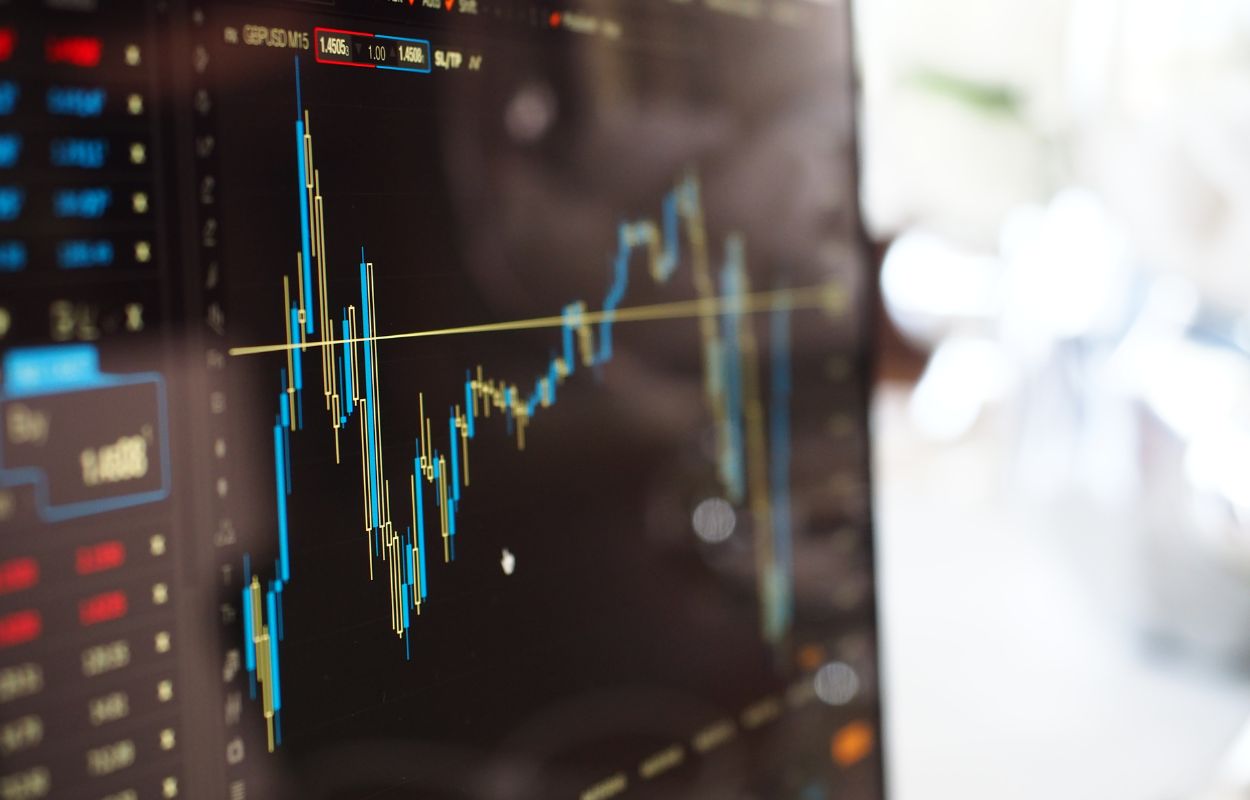
In many commodities markets, trading still happens over the phone. A squawk comes through: “Sep offered 703.” A trader glances up. That same contract was 711 just an hour ago. They call the broker. “Still there?” “Lift it!” “Done.” The deal is booked almost instantaneously.
Voice is still how a lot of trading gets done. It’s fast, direct, and revealing. Seasoned traders can sense hesitation or conviction from tone and pace alone.
But it’s also relentless.
Traders have to listen to several voices all at once, scan a constant stream of multiple chats, all while pricing risk, and deciding when to move. Sphere, founded by Ami Katschinski and Heather Balfour Ortega, was built to address that, without changing how desks actually work. Using AI, they bring voice, chat, and other signals into a single screen and a single API, giving traders a real-time view of pricing and intent, all in one place.
Supporting Voice-Driven Workflows
“I remember 20 years ago, when I was just starting out as an engineer, people were saying the days of voice trading and chat were numbered. Everything was supposed to become digital and centralised. But here we are, it’s barely changed.”
– Ami Katschinski, CEO, Sphere
Voice trading remains the backbone of markets like crude, refined products, and gas, because of one simple reason: it works. Sphere builds on these trusted workflows and enhances them. It captures voice data and transcribes it using AI models trained on the specifics of commodities trading, including the terms, accents, and shorthand commonly used on desks. The data is then presented visually, in real time, so traders and brokers can operate just as they always have, now with the added benefit of a structured, searchable record. If they miss a quote, need to double-check something, or want to keep track of what’s been said, it’s all there.
The Advent of Price Analytics
Fundamental analysis is central to commodities trading. Geopolitics, demand, weather, and global logistics all help explain why prices move. But with much of that data now widely available, it’s no longer enough to gain an edge.
The real gold is hidden in plain sight, in compliance recordings, voice calls, and chat logs. These unstructured conversations can tell you what prices were being quoted, when, and by whom. That’s powerful.
Layer that with your fundamental view and make it all happen as close to real time as possible, and you’re no longer guessing, you’re seeing how prices actually move and why. The voice data was always there. Now it’s telling you something.
“These companies are sitting on top of massive vaults of historical recordings of unstructured communication. We take the data that’s just sitting there, process it through our models, and produce a time series database at the other end which they can actually use.”
– Ami Katschinski, CEO, Sphere
The Liquidity Lake
Markets don’t speak in one voice. Traders are hit with quotes from every direction.
“Think about your average oil trader. They are sitting at their desk, getting thousands of quotes a day via voice, squawks and chat messages. Once it has been said, it just disappears. If they were busy, or focused on another part of the market, it is gone.”
– Ami Katschinski, CEO, Sphere
With Sphere, voice is transcribed, chat messages are captured, and pricing data is structured and timestamped in real-time. Everything appears in one place, including quotes from across different brokers. What was once fragmented now becomes a clear record that traders can return to or act on in the moment.
Innovation Doesn’t Always Mean Reinvention
Sometimes the smartest tech is the kind that strengthens what already works. Voice still rules for a reason. Traders and brokers trust it. The job of technology isn’t to replace that. It’s to support it.
Because if tech isn’t working for the people using it, then who is it really working for? Learn more at: https://onsphere.com/
Looking for more insights?
Get exclusive insights from industry leaders, stay up-to-date with the latest news, and explore the cutting-edge tech shaping the sector by subscribing to our newsletter, Commodities Tech Insider.
Modal Title
Featuring insights from
Read more blogs

We spoke with Navin Parasram, Head of Trading at Alpiq, a leading Swiss energy producer and service provider, about what good digital transformation should look like and what technologists and business leaders overlook. With decades...


Back in the day, everyone relied on information from a handful of global weather providers. These were run by large national agencies that could afford to operate expensive supercomputers to run large-scale numerical simulations. But...


From price forecasting and risk management to automating compliance and optimising execution, AI is reshaping how commodities trading firms operate. As adoption spreads, deeper questions are surfacing. Not just how these models work, but what...

